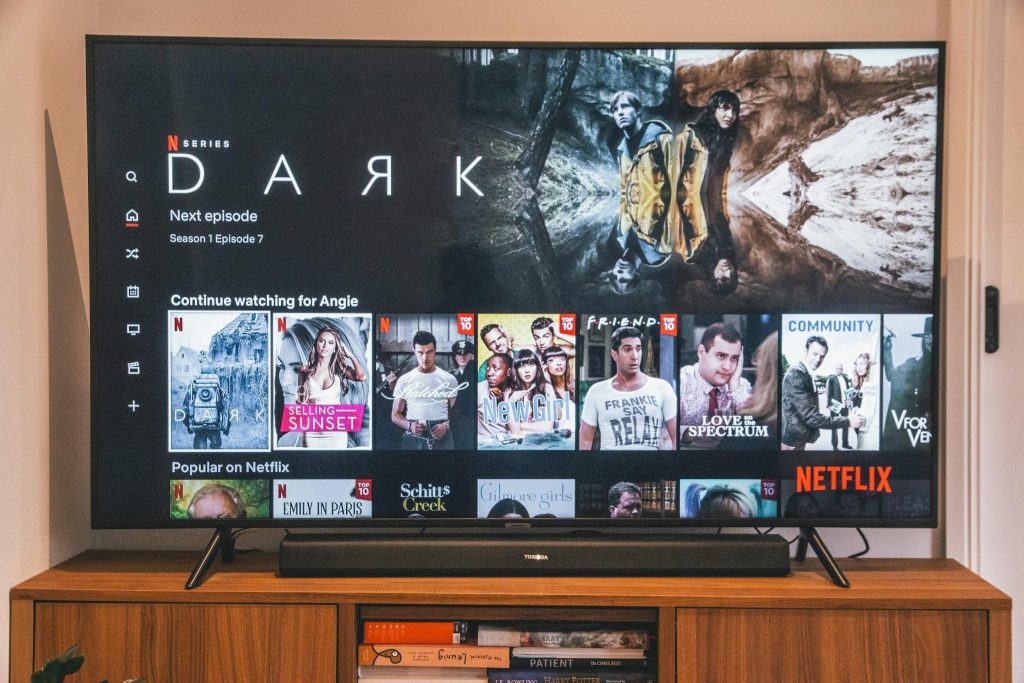From Standard Definition to Ultra-HD: The Streaming Journey So Far

It only seems like yesterday when people were ordering VHS, CDs, and DVDs from their nearest video store. While only DVDs remain active from the relics of that era, even they are slowly being phased out by the mighty streaming platforms.
All of this is enough to make anyone curious about how streaming evolved to become the behemoth that it is today. To help you learn more about this technological overlord of media, here’s how the journey has been so far for the streaming world and where it might lead from here.
Codecs Make the Streaming World Go Round
Whether you choose the best streaming service for your needs or pick the most popular platform of the bunch, your content is typically powered by codecs. These solutions help compress media files and convert them to different platforms so they can transfer easily across the web and play on various devices. This helps you enjoy your media across your TV, laptop, tablets, and phone with an equal level of ease.
CDNs Ensure Lightning-Fast Content Delivery
Content delivery networks (CDNs) also play a big role in ensuring that you enjoy low-latency streaming with little to no delay in your live streams or play/pause response times. CDNs are a group of servers that are located at strategic locations around the world. Whenever you play a movie or TV show, it becomes the job of your nearest CDN server to deliver it to you. This reduces the time it takes for you to receive your desired media.
Adaptive Bitrate Streaming Minimizes Wait Times
Besides codecs and CDNs, adaptive bitrate streaming also ensures that you can access and enjoy your videos and music without a lag. This automatically adjusts the transfer rate and quality of your movies, TV shows, and songs according to your connection speed. In turn, you can gradually improve the quality of your media without waiting to buffer it. You can expect this function from different platforms like an on-demand or live TV streaming app.
Web Players Hold All the Power

Before streaming evolved into the powerhouse that it is today, you had to download a variety of media players just to be able to play different types of videos and music. But now, technologies like HTML5 ensure that you can achieve this goal directly through your web player or in-app player. This helps you take advantage of streaming apps with subtitle features to watch all types of foreign media, without having to install various programs.
TVOD Reigns Supreme
You might have heard about pay-per-view (PPV), which used to be an extremely popular way to consume exclusive titles and events as one-time rentals. Now, that category falls under the bigger flag of transactional video on demand (TVOD), which also includes electronic sell-through (EST) to let you own the digital content you purchase and download-to-rent (DTR) which allows you to access rented content for a limited time. While this calls for you to use a subscription management app, it does make your media consumption easier.
Bundled Deals Are All the Rage
When Netflix first hit the market, it was the only major streamer that offered a huge library of TV shows and movies. This also gave it the power to license content from different TV channels and studios. But now, almost all of these entities have their own streaming service. Given that affordability is the main point of consideration in the comparison between streaming platforms and cable TV, the expensive cost of multiple platforms is now causing them to come together and bundle their services at special prices.
Personal Media Servers Are Gaining Steam
With the rise of cloud storage services and personal storage servers at affordable costs, more and more people are leaning towards creating their own personal media servers. Through purpose-built apps, these servers can be connected to TVs, laptops, and smartphones with streaming tech like codecs and automatic transcoding powering their functionalities. You can also consider this route for yourself if you want to build a digital streaming library from the content you own through valid purchases.
After learning about how far streaming has come, you can gain a newfound appreciation for this technology. This can also help you understand how streaming works across platforms and how you can make the most out of it in your everyday life.






